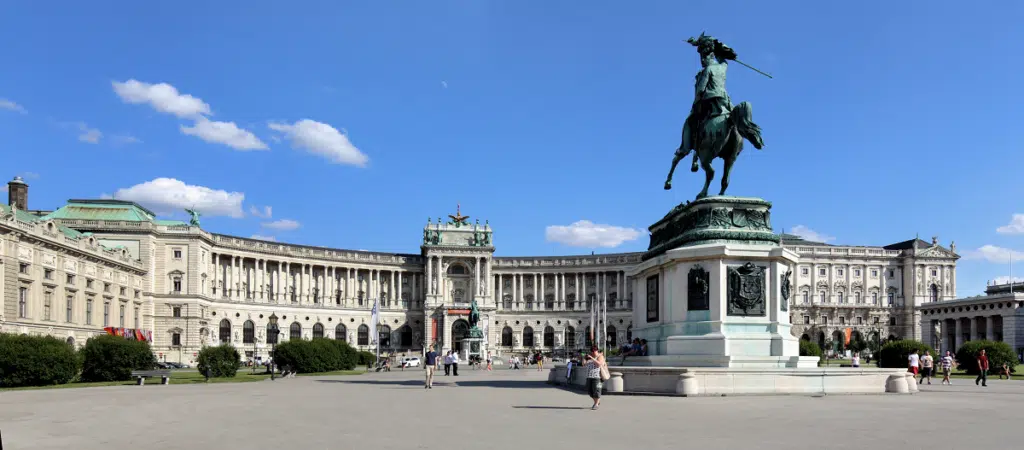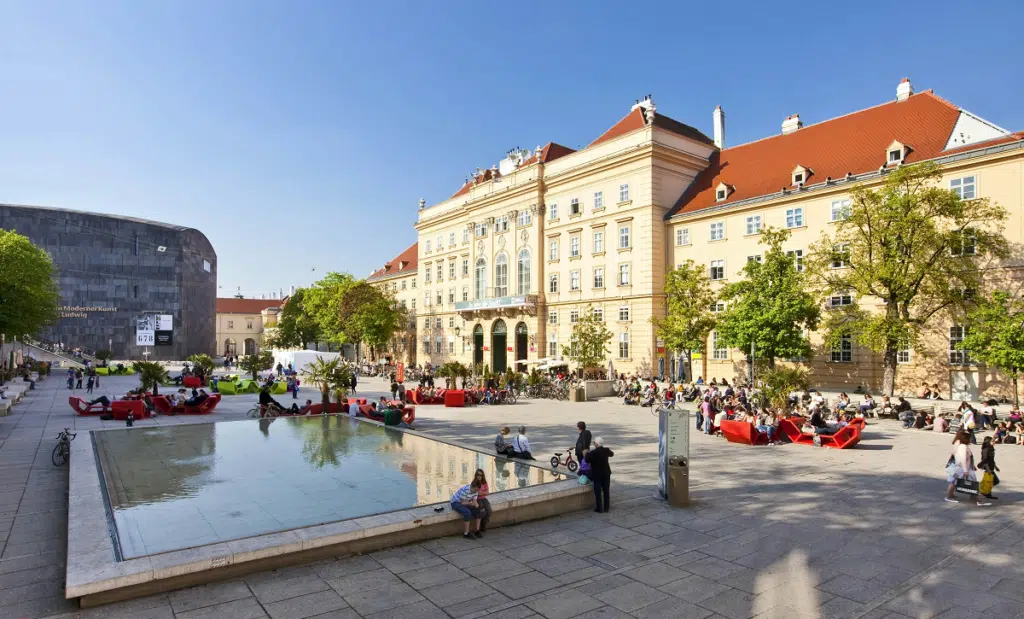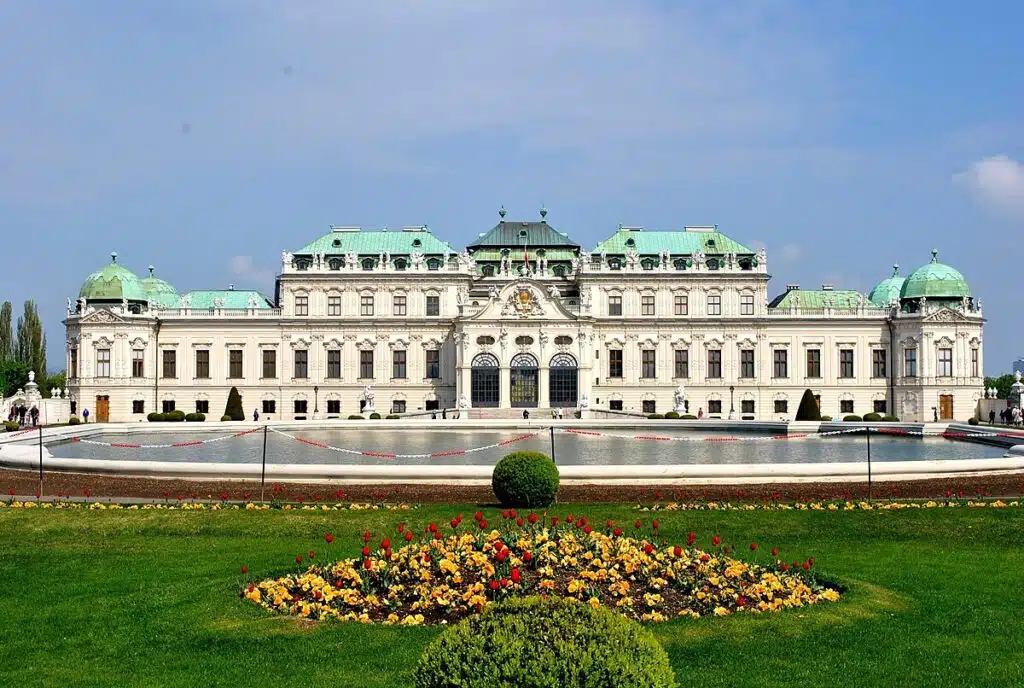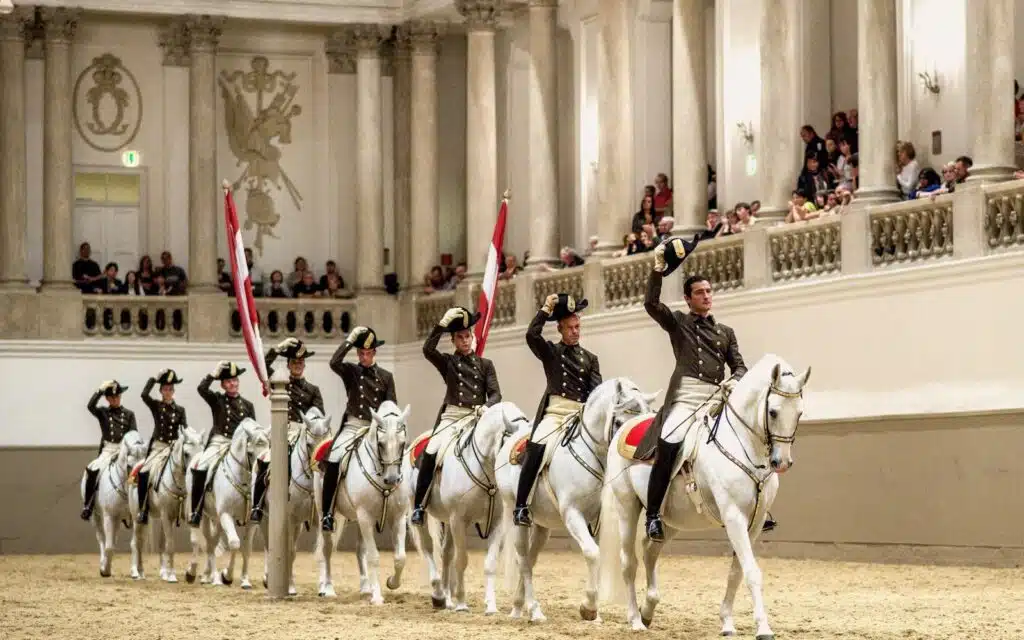What can you do and see in Vienna? That’s one of the fundamental questions before visiting this city. In this article, we will try to answer these questions by recommending what to see and describing the top attractions in Vienna.

©trabantos/Shutterstock
Our website includes affiliate links. So, remember that we may receive commissions when you click our links and make purchases. Please read our legal disclaimer document for more information about our Affiliate disclaimer and other disclaimers like the Fair-Use disclaimer.
With its millennium-long history, Vienna is a gem of medieval palaces and churches, relics, and masterpiece-stuffed museums. The grand palaces that dot the cityscape are a testament to its rich and illustrious past. Vienna, consistently rated as one of the world’s most liveable cities, offers many unique experiences, from historical sightseeing to modern cultural immersion, sure to excite any traveler.
Vienna Tourist passes and city cards.
If you’re visiting Vienna, consider getting a Vienna city pass. It combines admission fees for major attractions, includes various transportation options, and offers discounts on other attractions. Different pass options include the Vienna Starter Pass and the FLEXI Pass. The Vienna City Card provides access to public transport and discounts—finally, the Vienna Tourist Pass grants access to two royal palaces.

St. Stephen’s Cathedral©Mytravels.com
The top attractions in Vienna
Start at Stephansdom
The Gothic, glorious, iconic Stephansdom and its 136m-high Sorth Tower loom over the central Innere Stadt, which is why we included it on our list of the top attractions in Vienna.
While the church is free to enter, you must pay for a close-up look at the Gothic masterworks in the central nave. An elevator whisks you up to the 21-ton Pummerin bell in the North Tower. You can also tackle the 343 steps up to the South Tower steps for views of the colorful mosaic roof tiles and sprawling city views. You’ll have a more sad experience in the subterranean Catacombs, an ossuary for those who perished during the Plague.
Tour the imperial complex at the Hofburg.
A show of imperial power through architecture, this 240,000-sq-m castle complex is where the Habsburgs stacked up their endless collections of art and artifacts. The visit begins in the Sisi Museum and Imperial Apartments, then leads through a resplendent enfilade of 17 regal rooms, finishing in the frescoed, columned Prunksaal (State Hall of the Austrian National Library). Cabinets displaying the Austrian crown jewels dazzle in the Kaiserliche Schatzkammer, while the Weltmuseum teems with 250,000 anthropological objects amassed by curious royals. The castle’s most famous current residents are the majestic Lipizzaner stallions that regularly demonstrate breathtaking feats of equestrianism at the Spanish Riding School’s baroque winter arena—feeling blinged out? Take a cultural breather in the rose-laden Volksgarten or lounge on the Burggarten’s lawns.
Planning tip: The Hofburg sits on the Ringstrasse, a grand boulevard built after the city’s fortification walls were razed in 1850. A leisurely walk or a tram ride (lines 1 or 2) will reveal some of the city’s architectural highlights, including the neo-Renaissance Staatsoper, the Greek temple-like Austrian Parliament, the neo-Gothic Rathaus (City Hall) and the Renaissance-style University of Vienna.
Explore the MuseumsQuartier
The MuseumsQuartier Wien, or MQ, offers various attractions, including the world’s finest Egon Schiele collection, trendy bars, cafés, and restaurants, and a sculpture park with a mini golf course. The MQ Libelle rooftop terrace provides stunning views of the city center. The Leopold Museum houses 42 Schiele paintings and works by Gustav Klimt, Oskar Kokoschka, and members of the Wien Werkstätte movement, while the MUMOK features the city’s top contemporary art collection. Even if art isn’t your primary interest, it’s worth visiting the courtyard to relax on the eye-catching geometric blocks or enjoy one of the outdoor cafés alongside locals.

©kochbar.de
Try Wiener schnitzel
According to Julija Rigon, you haven’t truly experienced Vienna until you’ve tried the local specialty, Wiener schnitzel. So, this dish is most certainly one of the top attractions in Vienna to try.
How is it prepared? This dish is made of thinly pounded veal coated in flour, egg, and breadcrumbs and then fried until golden brown. Wiener schnitzel originated in Vienna in the 1850s. You can easily find it in Vienna at restaurants like Schnitzelwirt, Skopik & Lohn, and Salzamt.
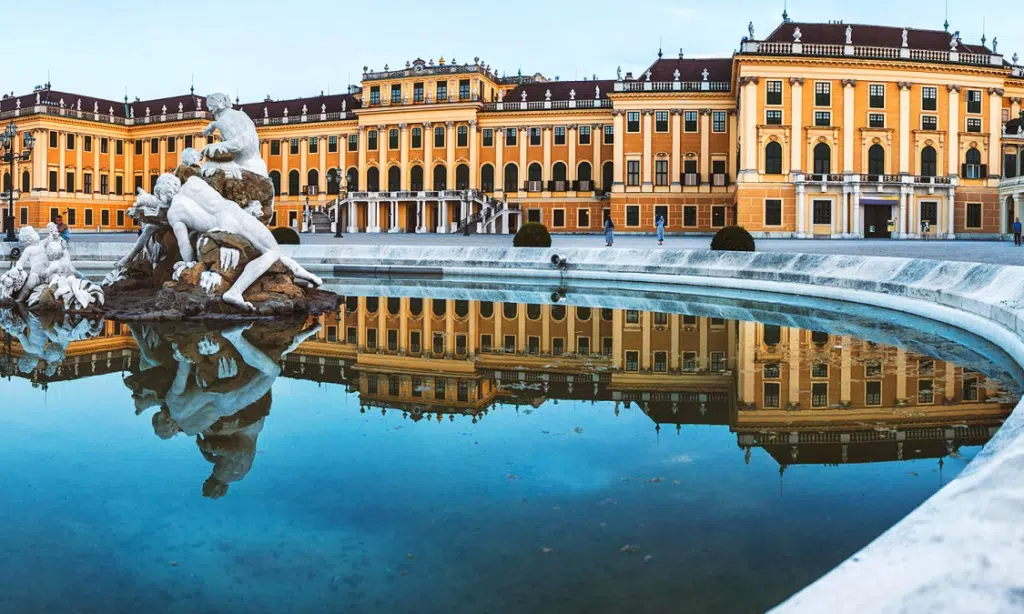
©
Step into splendor at Schönbrunn Palace.
Firstly, Schönbrunn Palace, Vienna’s most visited attraction, features 45 opulent Rococo staterooms, ceremonial halls, and private apartments. The palace grounds include the Tiergarten, the world’s oldest zoo, and various attractions. Empress Elisabeth, also known as Sisi, has made the palace particularly popular. Visit the palace courtyard for markets or attend summer concerts by the Wiener Philharmoniker in the Orangery. Please arrive early to explore the castle and its grounds, often called Vienna’s Versaille, a Baroque masterpiece.
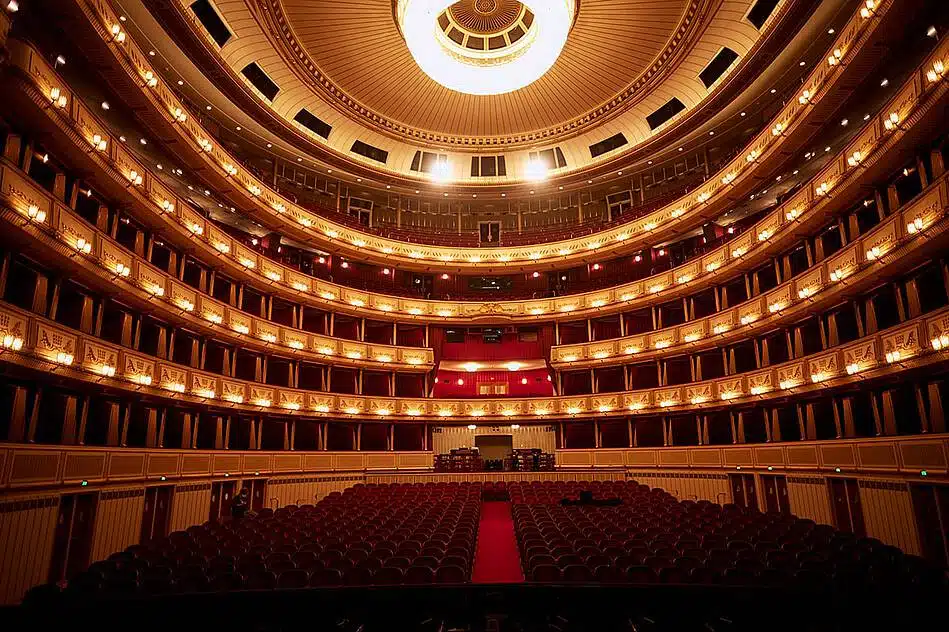
©viennapass.de
Going to the Opera
The Vienna Opera is internationally renowned for its. Tours of the opera house are only available on a guided basis, so be sure to reserve a slot. And if you want to see a show, tickets sell out months in advance, so plan!
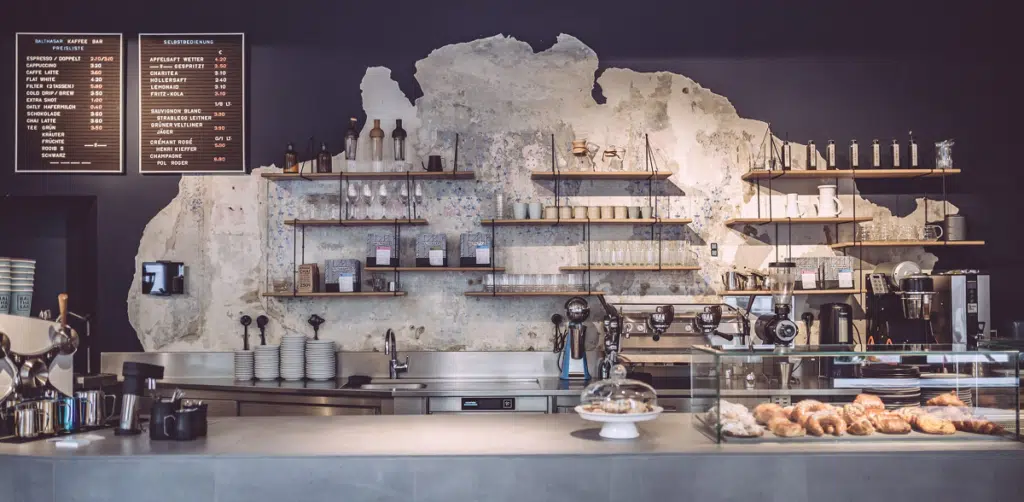
©balthasar.at
Sample Vienna’s coffee culture
Vienna’s bentwood-chair-filled, wood-paneled, and chandelier-lit living rooms, the famous cafes here, have suited servers and live music. They’re places where you linger over a coffee, newspaper in hand, and people-watch for hours. Vienna’s coffeehouse culture has been brewing since the late 1600s – but where’s the best spot to find a cup of this UNESCO intangible cultural heritage? You can’t go wrong at Art Deco Prückel, marbled Schwarzenberg, and the cosmopolitan classic Landtmann, all Ringstrasse originals. Or sample the style spectrum from gilded and luminous Café Central to dusky and edgy Kaffee Alt Wien.
Local tip: Third-wave, new-generation coffee shops, known for their [insert characteristics here] and specialty roasters, are as much a fixture of the Vienna coffee scene as their traditional ancestors. Top picks in the central districts include Balthasar Kaffee Bar, Kaffeemik, CoffeePirates, The Good Coffee Society, GOTA Coffee Experts, and Kaffeefabrik.

©novama / www.shutterstock.com
Sip and swirl at Vienna’s urban vineyards while enjoying local wines and a stunning city skyline view.
Encircled by 700 hectares (1730 acres) of vineyards, Vienna is the only European capital where wine is grown within the city limits. The picture-perfect hillside villages of the 19th (Döbling), especially Grinzing, are perfect for tasting the white grape grüner veltliner and Heuriger (wine tavern) culture. Can’t make it to the vineyard-covered fringes? In town, 10er Marie is the oldest Heuriger in Vienna, dating back to 1740. Ponder its history over a glass or two in its charming garden.
Local tip: You can join locals for Vienna Wine Hiking Day (one of the top attractions in Vienna), a stroll through the city’s winemakers and vineyards, on the last weekend of September.
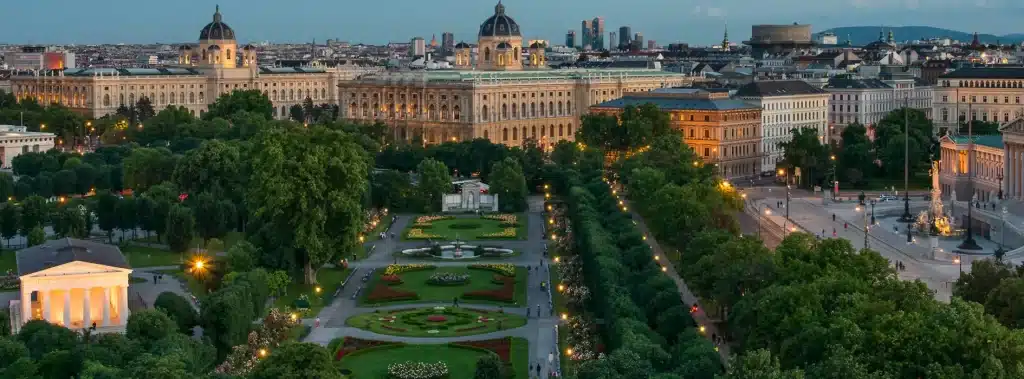
©Wien Info
Walk the Ringstrasse
The Ringstrasse, or the Ring, encircled Vienna’s historic city center and was built during the Habsburg era to connect the suburbs to the imperial center. It showcases some of the grandest buildings of the Habsburg empire, including the State Opera House, the Hofburg, the National Library, museums, Parliament, the Burgtheater, the Town Hall, and the University.
Visit Belvedere Palace
Here, we have another baroque treasure. The Belvedere palaces, built in the early 18th century as Prince Eugene of Savoy’s summer residence, are a UNESCO World Heritage Site and house an impressive collection of Austrian art, including works by Gustav Klimt, Egon Schiele, and the French Impressionists. So, if you have the time, put it on your “What to do and to see in Vienna” list.
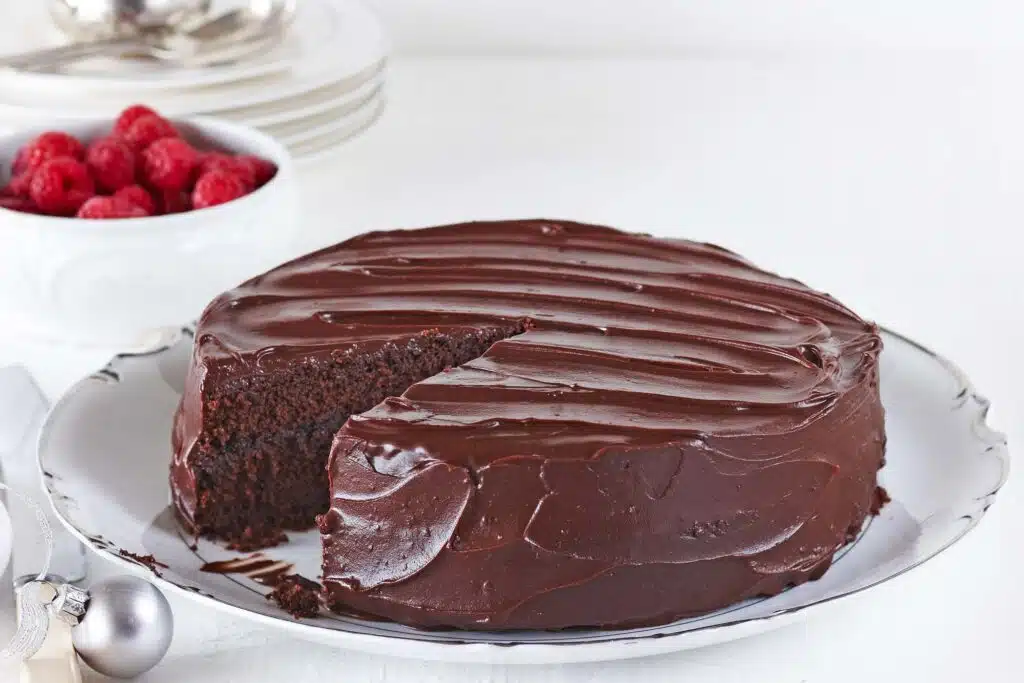
©taste.com.au
Try Vienna’s signature cake.
Vienna’s signature cake, Sachertorte, is undoubtedly another one of the top culinary attractions in Vienna. It is a lavish combination of dense chocolate sponge, dark chocolate ganache, and finely spread apricot jam, traditionally served with unsweetened whipped cream. It is more than just a dessert—its recipe is a closely guarded secret. There’s a fierce rivalry between Hotel Sacher and Demel over claims to the original recipe. Let the cake wars commence.

©Vien Info
Relax on the Danube waterfront.
When not at spectacular Alpine lakes, Viennese can be spotted at riverside joints and sandbank hangouts along the beautiful Danube in the summer months, thanks to centuries of engineering, and has several local incarnations. Picnic on the promenade or kick back in a bar on the street-art-covered Danube Canal (Donaukanal). Snag a spot on the banks of the Old Danube (Alte Donau), a prime swimming locale – or head to the New Danube (Neue Donau) to grab a deck chair and cocktails at pop-up bar Copa Beach and get down to DJ-directed beats at Vienna City Beach Club.
Local tip: Along the Danube Canal, the anchored boat Motto am Fluss and the urban beach bar and silent-disco spot Strandbar Herrman are top choices.
Spanish Riding School
The Spanish Riding School offers an intimate view into centuries of equestrian tradition. Founded during the Habsburg Monarchy in 1572, this institution preserves the Renaissance tradition of classical dressage. It’s also home to the magnificent Lipizzaner horses, known for their graceful performances.
Highlights: A guided tour or performance lets you see the winter and summer riding schools and the magnificent Stallburg, Vienna’s most significant Renaissance structure.

©Richard Schuster
Attend one of the ball dances.
Vienna has a long tradition of hosting balls during the Carnival season, with events at venues like the Hofburg, Rathaus, and Musikverein. The dress code is strict, with debutants wearing white. The balls start with traditional Viennese waltzes and end late. The Wiener Akademiker Ball at the Hofburg has faced controversy for its association with far-right groups and politicians. The Viennese ball season dates back to the 18th century. It begins on November 11th and peaks in January and February, with hundreds of Viennese balls taking place throughout the Austrian capital in various historical buildings.
When attending a Viennese ball, following the dress code specified on your ticket is crucial. Men wear black tie attire for standard Viennese balls, while women wear full-length formal dresses. Elegant Viennese balls have a white-tie dress code. Vienna ball traditions include the tradition of men giving their dancing partners a gift, the long hours of dancing, the opening ceremony, Damenwahl, and the Midnight Quadrille.

©Tripadvisor
Enjoy the Classical Concert at Mozarthaus
Experience the world of Mozart at a concert in his first Vienna home, Mozarthaus. Enjoy music from the Viennese classical period and explore the monastery where Mozart lived. The intimate concert takes place in the Sala Terrena, offering an authentic setting. The exhibition covers Mozart’s life, including his vices and financial struggles, and showcases his music and influences.
The Conclusion of the Top Attractions in Vienna
This article includes a small portion of the city’s sites. However, we are sure there are many more “what to do and what to see in Vienna.” That’s why we’d like to know more about what you think are the best things to do and see in Vienna.
Photo credits:
Feature picture credits: ©Mytravels.com

